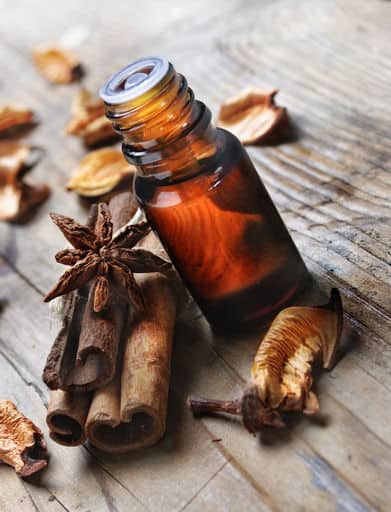

It used to be that cinnamon was a rare commodity. Brought to the West from the exotic East it was treasured and used sparingly in holiday treats. There are references to it in the Hebrew Bible and it was used in Egypt as early as 2000 B.C. It was used in spiritual anointing oil, for perfuming the bed and clothing, and offered to the gods in the form of incense.
Ancient Greek references to its use are found in seventh century B.C. poetry and, according to Herodotus (a fifth century B.C. historian), was so precious it was guarded by winged serpents. The mythical Phoenix was said to be reborn from the ashes of its fiery nest, which was built from cinnamon and cassia wood.
So valued was this spice (derived from the inner bark of several types of trees from the genus Cinnamomum), that one pound of it could cost as much as seven months’ wages in ancient Rome. For the common folk, cinnamon was much too expensive to be used on funeral pyres, but it is said that the Emperor Nero burned a year’s worth of the city’s supply at the funeral of his wife Poppaea Sabina in A.D. 65.
It wasn’t until the 16th or 17th centuries A.D. that cinnamon started coming to the European community as a routine commodity of trading. Today, anywhere from 7,500 to 10,000 tons of what is referred to as real cinnamon (Cinnamomum verum) are produced for trade each year for use around the world with about 80-90 percent of it grown in Sri Lanka.
Healing Properties of Cinnamon
It may be that the ancient civilizations knew that cinnamon was good for something other than just the heady scent. Used internally, cinnamon has been shown to help balance blood sugar and to help reduce the symptoms associated with Irritable Bowl Syndrome (IBS). One study out of Germany shows it to help with memory and cognitive development as well as mental alertness.
Cinnamon has antibacterial and antimicrobial properties, which makes it effective in such things as a food preservative, odor neutralizer and reducing tooth decay. Cinnamon tea is said to ward off an impending cold or sore throat. It has also been used in insect repellants for getting rid of anything from head lice to dust mites and cockroaches.
Cinnamon is a common ingredient in Ayurveda. It is thought to be most helpful in individuals with either a kapha temperament (sturdy, heavy, calm, slow and moist) or veta (thin, cold and prone to nervousness) because of its heating and energizing effect on the mind and body. It is often given to reduce mucus, curb heavy bleeding and to protect the stomach against irritation and inflammation.
Using Cinnamon in the Massage Session
Among the therapeutic qualities of cinnamon – as a stick, powder or oil – you will find that it has been shown to have the following properties:
- antibacterial
- anti-fungal
- anti-inflammatory
- antimicrobial
- antioxidant
- anti-parasitic
- antiseptic
- antiviral
Cinnamon has also been used to improve circulation, acting as a warming stimulant for the blood and associated vessels.
All these qualities make the addition of a few drops of cinnamon bark essential oil to your lubricant a wonderful ingredient to use during the winter months when exposure to cold and flu is higher than usual.
As with other essential oils, never use it in its full strength directly on the skin, but always use just a few drops in a carrier oil. Almond oil is a good choice for this, but always check with the client regarding any possible allergies. Cinnamon bark oil is what should be used, and not cinnamon leaf oil which is what some people find irritates the skin.
Adverse reactions are rare with cinnamon, but ask the client if he or she has any sensitivities to the spice before proceeding with the massage. You may even want to do a test spot on a small patch of skin first.
In her book, Natural Beauty at Home, Janice Cox offers the following recipe for a cinnamon massage oil:
- ½ cup light oil (such as canola, almond or sesame)
- ½ teaspoon ground cinnamon
- ½ teaspoon pure vanilla extract
Mix together all ingredients and pour into a clean container. You may want to strain out any larger pieces of the cinnamon. Shake gently before using.
Of course you can also add a few drops of good quality cinnamon bark essential oil to an unscented oil, lotion or cream you might already be using.
As an extra bonus, burn a cinnamon scented candle, or use an aromatherapy diffuser to scent your office with cinnamon oil. Not only will you be giving your clients a healthy massage, you will also be reminding them of holidays past and the memories of grandma’s delicious cookies.
Recommended Study:
Aromatherapy: An Introduction
Aromatherapy: Restoring Emotional Balance
Ayurvedic Massage Fundamentals
Essential Oils & Therapeutic Uses











